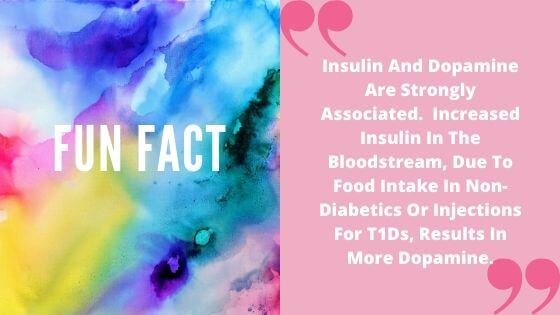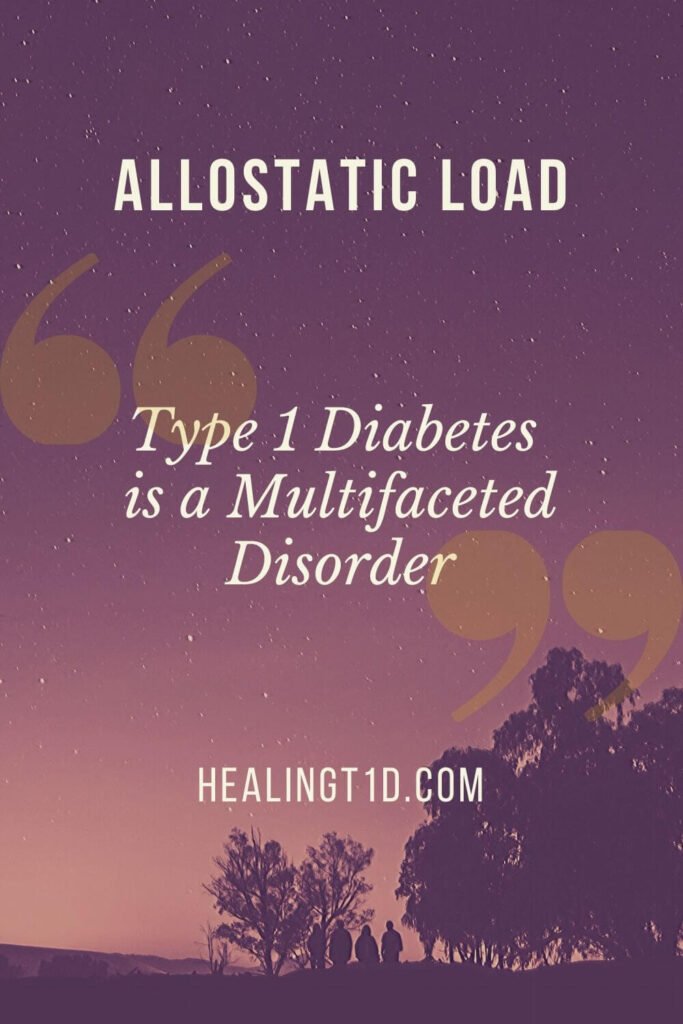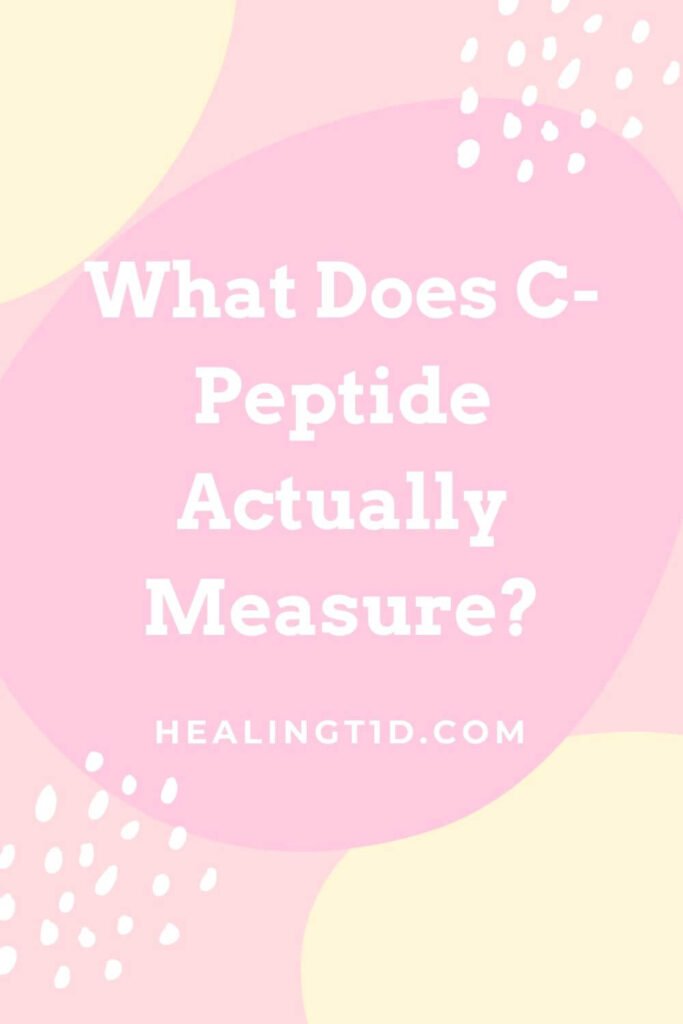Re-Understanding The Development Of Type 1 Diabetes As Progression Along A Continuum

Summary: This article provides a conceptual framework for understanding the path to healing Type 1 Diabetes. Currently, the condition is seen as something that has ‘switched on’ in our bodies and remain there permanently. Perhaps instead we can use the concept of an ‘allostatic load’ to see T1D as a status that arrives when the environment of the cells has tipped towards too much toxicity or they are under too much challenge from areas such as the diet, feelings of the individual, amount of exercise, and all other life experiences. Using this concept, the focus then becomes about how to tilt that seesaw back towards health and healing.
Stress impacts the human body. We all know this! When stressed, our bodies produce a series of hormones to equip the individual to deal with a perceived or actual threat in the environment.
Hormones
There are two main types of hormones that are produced as a result of stress: glucocorticoids and catecholamines.
Glucocorticoids:
These are also known by the name glucocorticosteroids (which gives an impressive Scrabble score of 28 points!). These are part of the immune system feedback loop, which helps maintain homeostasis in the human body. One well-known glucocorticoid is cortisol, the ‘stress hormone’. Glucocorticoids have many functions, including:
1. An Ability To Stop Inflammation In The Body:
It does this by suppressing the release of molecules called proteins, which are used in the inflammatory process [1]. Glucocorticoids are therefore great at stopping the damage done by overactive immune system disorders, such as type 1 diabetes.
2. A Role In Regulation Of Glucose Metabolism:
Glucocorticoids encourage glucose production in the liver and also prevent insulin from working effectively to uptake glucose [2]. Glucocorticoids also affect pancreatic alpha and beta cell functioning [3]. This influences the amount of glucagon and insulin released into the bloodstream. The goal of glucocorticoids is to keep glucose in the bloodstream so that the brain, during times of stress, can work at maximum capacity [2].
Catecholamines:
Catecholamines (a mere 23 points in Scrabble!) are another type of hormone released during stressful life events. They are produced by my adrenal glands, which are located just above my kidneys. Examples of catecholamines are dopamine, norepinephrine and epinephrine (aka adrenalin). These hormones are sent into my bloodstream every time I get physically or emotionally stressed. Like glucocorticoids, catecholamines raise blood sugar levels, as well as heart rate, blood pressure and increased arousal of the sympathetic nervous system.
What Is Allostasis?
Both of these hormones, glucocorticoids and catecholamines, have beneficial short-term effects in the body. They prepare the body for a fight-or-flight response in times of stress or threat to life, for example. This process of adjusting the body, through physiological and/or behavioural changes, is known as ‘allostasis’ [4].
Allostatic Load
However, in the long-term, the process of allostasis can become disadvantageous and even burdensome on the body. Such a burden is known as the ‘allostatic load’ [4]. The higher my allostatic load, the more burden my body is carrying, in terms of raised blood glucose levels, higher stress levels, increased inflammation and so on. For example, chronic stress can lead to high levels of the glucocorticoid ‘cortisol’ (yes, that’s right, the ‘stress hormone’ as it’s known!). Chronically elevated cortisol levels can lead to:
- Anxiety
- Depression
- Digestive problems
- Sleep problems
- Weight gain
- Issues with memory [5]
How Is Allostatic Load Relevant To T1D?
Allostatic load is the burden the body has as a result of (ongoing) environmental stressors. It takes a toll on the system and, over time, creates a whole range of health issues [6].
Both the sympathetic nervous system and the neuroendocrine system (that’s the system that influences both hormones, like insulin, and neurons, including those in the brain) play central roles in the concept of ‘allostatic load’ [7]. In other words, chronic stress reduces insulin production and affects brain functioning. A lack of insulin production results in Type 1 (or Type 2 or MODY) Diabetes.

Dopamine is an example of a catecholamine. Insulin has been found to be strongly associated with the ‘pleasure’ centre of the brain, the striatal region, where dopamine is produced. [8]. The more insulin there is in the bloodstream, the more dopamine is released from the striatal region. Dopamine is a feel-good chemical. In a Type 1 Diabetic, when blood sugar levels are too high, the resulting mood is likely to not be a very fun one… Oh, I know that grumpiness of high blood sugars!! In a non-diabetic, I would anticipate that the reverse must be true… The more joy they experience, the more they are able to produce insulin.

In my post on Descartes and the Mind-Body Split in Western Medicine, I touched upon the research that highlights a connection between stressful life events and subsequently developing T1D. As discussed, chronic stress releases glucocorticoids and catecholamines that shut down insulin production and increase glucose concentrations in the blood. So perhaps the reverse can be true…? If I can reduce my allostatic load, it gives my system more of a chance of increasing (starting!) insulin production. It makes my bodily environment more welcoming to growing some new beta cells (as discussed in my post ‘What is Type 1 Diabetes?’).
My Take-Home Message
For me, the concept of an allostatic load is something to hold going forward. Instead of understanding my beta cells as being burnt out or broken, I am seeing them as being in an environment that stops them from switching back on.
Summary
- Stress produces two types of hormones in the body: glucocorticoids and catecholamines.
- Glucocorticoids stop inflammation in the body and increase and/or maintain blood glucose levels, ready for the individual to respond to threat.
- Catecholamines raise blood sugar levels, as well as heart rate, blood pressure and arousal in the sympathetic nervous system.
- Allostatic load is a measure of the amount of cumulative stress placed on a system due to adjustments the body makes to maintain homeostasis.
- Allostatic load can be used conceptually to understand T1D. Healing from T1D, using this approach, requires an overall reduction on stressors in the system that can contribute to a high allostatic load.
After-Thought...
Writing this post has also given me some food for thought on a related point… The dominant model for understanding Type 1 Diabetes is the Eisenbarth model (see my post on ‘What is Type 1 Diabetes?’ for more info on this). If researchers are using this model as their way of understanding T1D, they are going to assume that the beta cells in the pancreas are burnt out. Therefore, measuring the C-peptide, for example, once only is a sufficient indicator of the amount of insulin-producing cells left in that individual’s pancreas.
However, if that model is flawed and insulin production fluctuates with allostatic load over the course of a day, a week or a month, then measuring C-peptide would only indicate the amount of functioning beta cells at that moment in time. The C-peptide test is most often done, if at all, in the early days after diagnosis of T1D. At such a stressful time of life, when your allostatic load is likely to be huge, a low C-peptide level would almost be guaranteed. This would give an explanation for the ‘honeymoon effect’ of a lot of T1Ds since, after diagnosis, they are often looked after mentally, physically and emotionally by those around them.
References:
- Barnes, P. J. (1998). Anti-inflammatory actions of glucocorticoids: molecular mechanisms. Clinical Science (London), 94(6), 557-572.
- Kuo, T., McQueen, A., Chen, T. C., and Wang, J. C. (2015). Regulation of Glucose Homeostasis by Glucocorticoids. Advances in Experimental Medicine and Biology, 872, 99-126.
- Rafacho, A., Goncalves-Neto, L. M., Santos-Silva, J. C., Alonso-Magdalena, P., et al (2014). Pancreatic alpha-cell dysfunction contributes to the disruption of glucose homeostasis and compensatory insulin hypersecretion in glucocorticoid-treated rats.PLoS One, 9(4), e93531.
- McEwen, B. S. (2000). Allostasis and Allostatic Load: Implications for Neuropsychopharmacology. Neuropsychopharmacology, 22, 108-124.
- Talbott, S. M. (2007). The Cortisol Connection: Why Stress Makes You Fat and Ruins Your Health – And What You Can Do About It. Nashville, TN: Hunter House.
- McEwen, B. S. (2000). The Biological Basis for Mind Body Interactions. Progress in Brain Research, Vol 122. New York: Elsevier.
- Kiecolt-Glaser, J. K., McGuire, L., Robles, T., and Glaser, R. (2002). Psychoneuroimmunology: Psychological Influences on Immune Function and Health. Journal of Consulting and Clinical Psychology, 70(3), 537-547.
- Stouffer, M. A., Woods, C. A., Patel, J. C., Lee, C. R. et al. (2015). Insulin enhances striatal dopamine release by activating cholinergic interneurons and thereby signals rewards. Nature Communications, 6, 8543.



GET HEALINGT1D’S FUTURE ARTICLES IN YOUR INBOX!
Get the latest musings and findings straight to your email inbox.

Natalie is a blogger with Type 1 Diabetes. Natalie's special gifts are questioning the status quo and being a rebel. She is using these gifts to question medical 'knowledge' and find a true cure for Type 1 Diabetes.
Recent Comments:
- Sandra on Nutrition Update
- latestModapks on Daniel Darkes
- Natalie Leader on Daniel Darkes
- Senna on Daniel Darkes
- Sandra on High Blood Pressure




